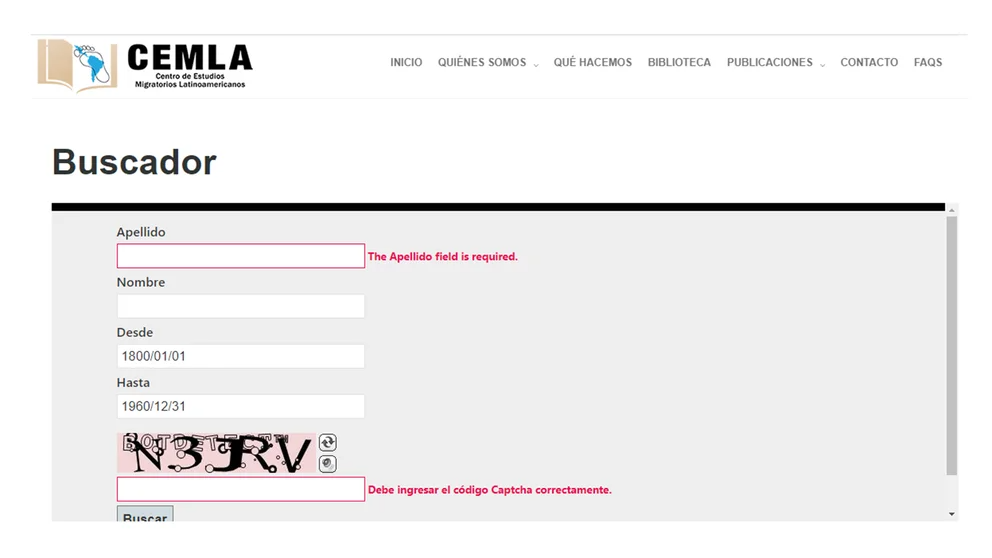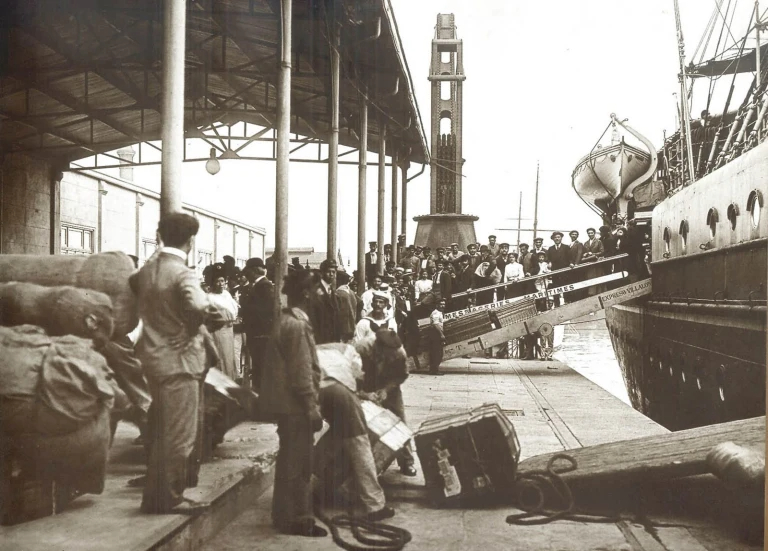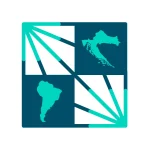Only with the surname, name, and validating the Captcha code it is possible to access the date of arrival of each of the immigrants who arrived in Argentina between 1800 and 1960, reports infobae.com. You will also be able to know which ship your Croatian ancestors traveled on and which port on the Argentine coast they arrived at.
All of this is now possible thanks to the online search engine of the Center for Latin American Migratory Studies (Cemla), which also allows us to find out what profession or occupation your Croatian ancestors had and from where in Europe they left. This possibility of knowing the history of each family that arrived in the country is the result of one of the most important tasks carried out by the organization, due to its meaning and scope.
Cemla was founded by Father Luigi Favero on December 28, 1985, preceded by the First Conference on Immigration and Identity, held in August of that year, and by the publication of the initial number of Latin American Migratory Studies, the first academic journal dedicated to exclusively to migratory issues in the subcontinent.
It also has an important Documentation Center specialized in national and foreign migrations from Argentina that has the objective of preserving the records of entry into the country for each of its ports as the first specialized library dedicated exclusively to migrations from Argentina. Currently, it has more than four thousand volumes between books and serial publications.
At the end of the 19th century and during the first decades of the 20th century, the great wave of European immigration to Argentina took place. Those who arrived, for the most part, came from Italy and Spain, but Ukrainians, Poles, Russians, Croats, French, Germans, Swedes, and Irish, among others, also arrived.
According to data from the University of Tres de Febrero and the book “Migration Policies in Argentina” by Susana Novick, between 1880 and 1915 more than 1,500,000 Europeans arrived on Argentine soil.
How to search in three steps
1. Enter the link: www.cemla.com/buscador/ (DUE TO GREAT DEMAND, THE DATABASE MAY PROVIDE ERRORS)
2. Write the surname and first name of grandparents, great-grandparents, or relatives who arrived in Argentina between 1800 and 1960.
3. Validate the Captcha code

Image: infobae.com
Among its first tasks, Cemla began the preservation and microfilming of documentary sources of immigration in Argentina and, in particular, Italian immigration in Argentina, Uruguay, and Chile.
With the same desire to preserve history, it held special Congresses and Conferences that included the participation of specialists from various disciplines from both Argentina and Latin America.
For more news about the Croatian diaspora, visit our dedicated section.











